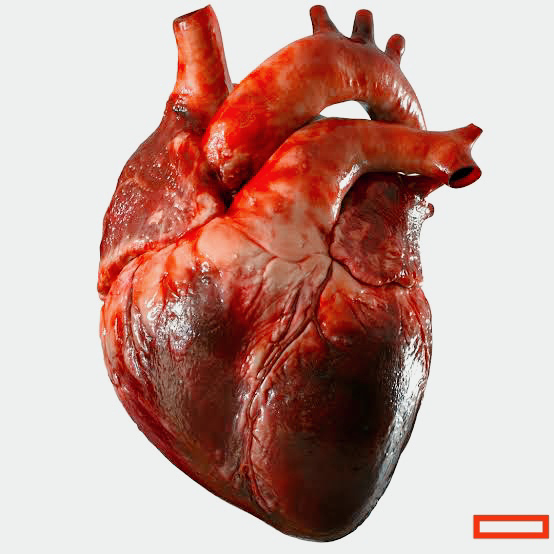Human body
Body of a Human
The cell would be the basic building block of the human body if we were to "tear apart" the body at the microscopic level.
An estimated 242 billion new cells are created day, and the average adult has between 30 and 40 trillion cells in their body. A tissue is created when a certain assortment of cells with related tasks unite.
Organs are built up of tissues, and systems of organs eventually combine to form a full organism.
human anatomy
Skelton
The human body is capable of many different actions, such as crawling, jumping, and climbing in addition to walking and running.
The skeleton serves as the structure for
carrying out all of these tasks. At birth, an adult human can have up to 300 bones. Age, though, causes the bones to fuse together. At adulthood, there are just 206 bones overall.
Together with the heart, lungs, and liver, the skeleton also safeguards other important organs. By ligaments, a fibrous connective tissue, bones are joined to one another.
Where two or more bones come together, it forms a joint.
They permit a number of motions, including rotation, abduction, adduction, protraction, retraction, and others. Joints can be further categorised as movable joints and immovable joints depending on their flexibility and movement. Immovable joints, also known as fixed joints, are non-flexible because the bones are united, in contrast to movable joints, which can move.
Muscles
Specialized tissues called muscles help bones move when moving. Tendons connect the muscles to the bones. The contraction and relaxation of the corresponding muscles that are present there cause the limbs to move.
While joints aid in the flexibility of bones, only a muscle can bend or stretch a bone. In other words, the bone is pulled towards the direction of movement by the muscles that are linked to it.
Moreover, muscles that act in pairs are used for the majority of movement. For instance, when we bend our arm, the nearby muscles contract, shorten, and stiffen, pulling the bones in that way. The muscles in the opposite way must pull the bones in that direction in order to relax (stretch).
Human Body Components List (Body parts)
The head, neck, and four limbs that are joined to the torso make up the human body.
The skeleton, which is made of cartilage and bone, gives the body its shape.
Internal organs of the human body, including the heart, lungs, and brain, are contained in various internal body cavities and are enclosed by the skeletal system.Connecting the brain to the rest of the body is the spinal cord.
Human Body Composition ( Structure)
The human body has a variety of cavities that house the various organ systems.
The area inside the skull known as the cranial cavity protects the brain and other central nervous system organs.
The pleural cavity provides protection for the lungs.
The intestines, liver, and spleen are all housed in the abdominal cavity.
Although humans and other animals have developed independently, we do share a distant common ancestor, therefore the majority of our bodily structure is comparable to that of other organisms, with the exception of the proportions of our muscles and bones.
For instance, we could think that giraffes' necks have more vertebrae than those of humans.
No, giraffes have the same number of vertebrae as humans do, meaning they also have seven vertebrae in their neck. This is true despite their enormous height.
The capacity to use our hands, particularly for dexterous actions like writing, opening a bottle of water, or doorknobs, is one of our most distinguishing physical traits.
This is due to the fact that human ancestors started off by using only their hind limbs to walk, as opposed to all four. For a long time, the only means to learn about the human body's anatomy was through the dissection of corpses (cadavers), which provided the majority of our anatomical understanding. Though rather horrifying, it constituted the majority of medical literature for many years. Human anatomy may now be studied at the tiny level thanks to technological advancement.
Even now, researchers are finding new organs that were either ignored or misidentified as different tissues in the past. Under the epidermis, a brand-new organ called the Interstitium was identified by scientists in 2018.
Thank you ☺️
Best of Luck
Zeeshanfayazlone@



Comments
Post a Comment